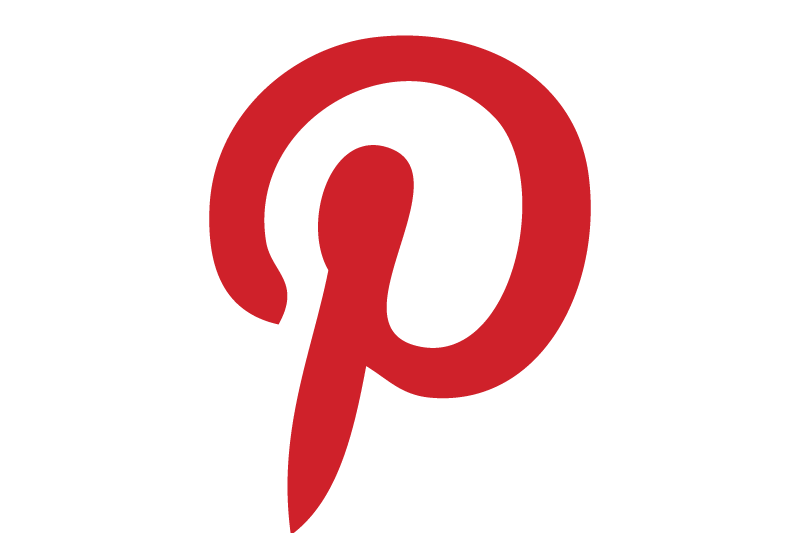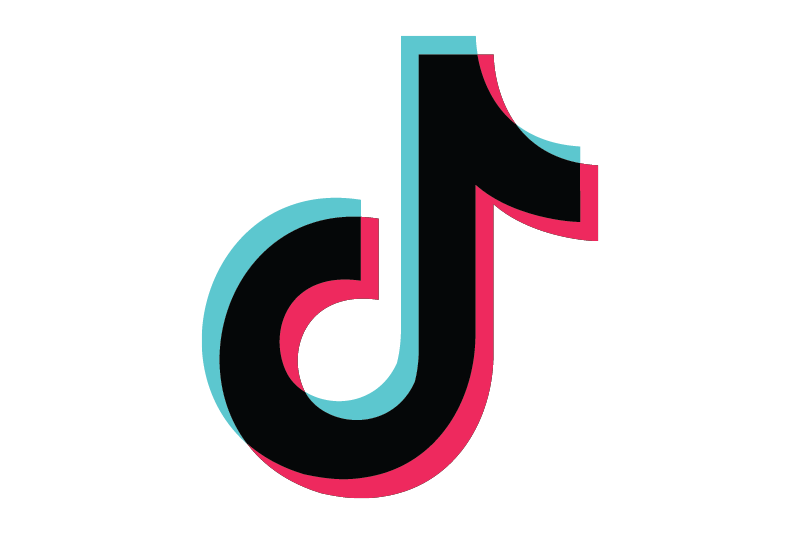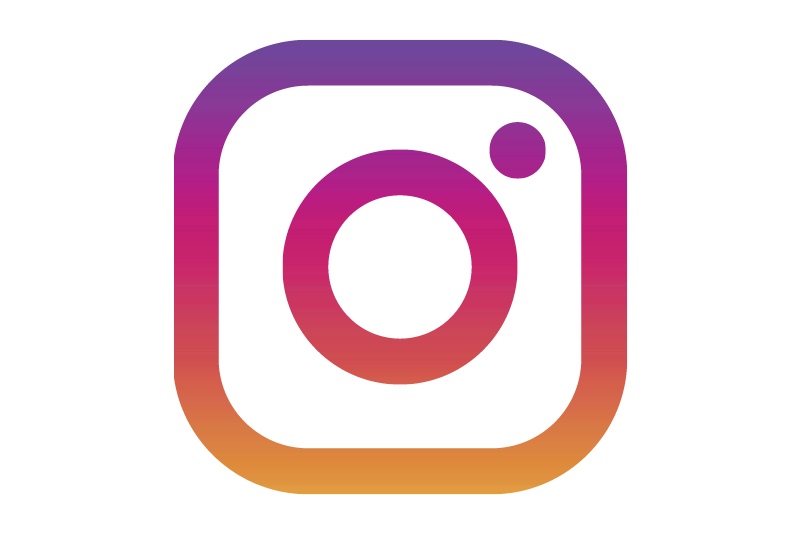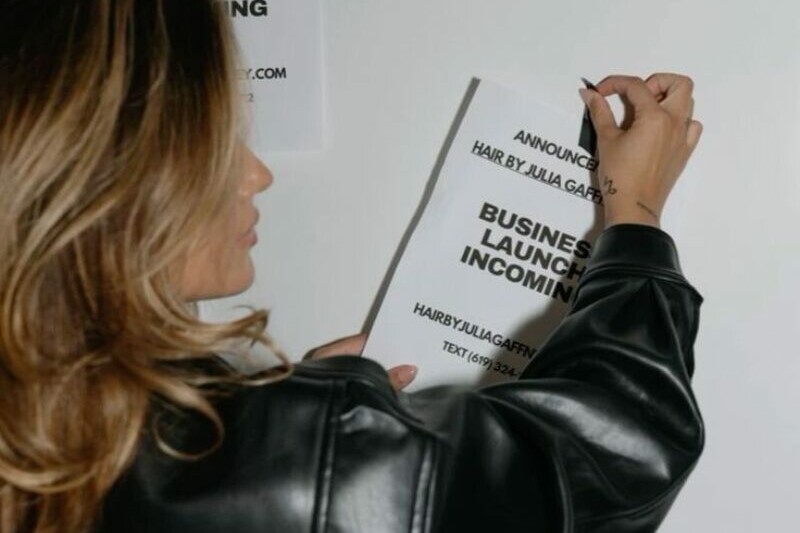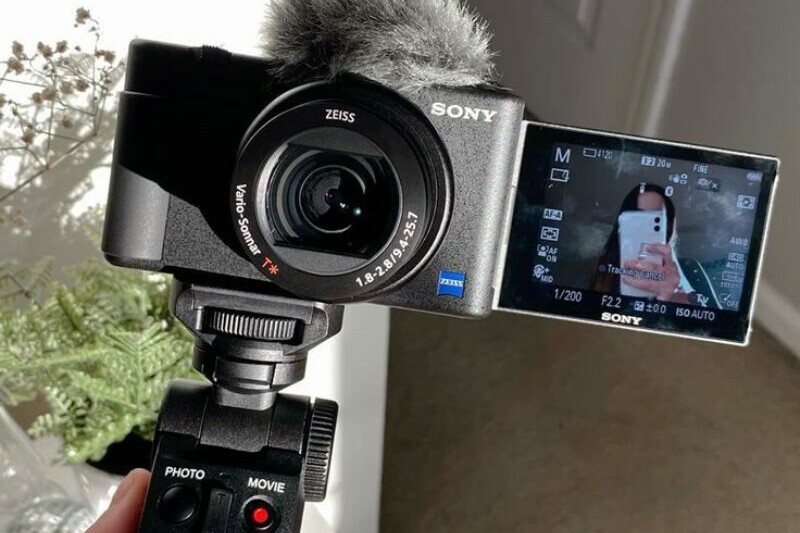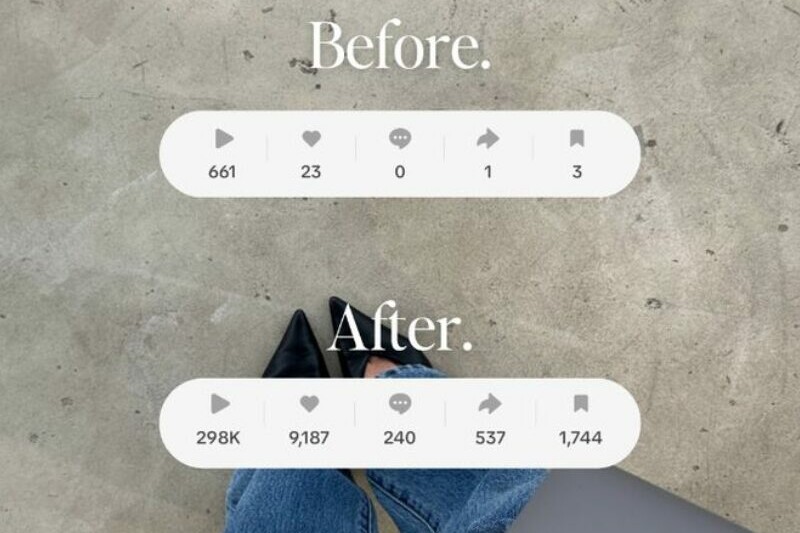How to Use Pinterest for Business 2024
How to Use Pinterest for Business Welcome to the world of Pinterest, where businesses can…
How to Use TikTok for Business 2024
How to Use TikTok for Business Welcome to the world of TikTok, where short, snappy videos and…
How to Use Instagram for Business 2024
How to Use Instagram for Business Instagram has come a long way since its launch, and in 2024,…
Pinterest Idea Pins vs Standard Pins
Hey there, Pinterest pros and newbies alike! If you’ve ever found yourself down the Pinterest…
How to Master Pinterest Standard Pins
If you’re navigating the colourful world of Pinterest, you’ve likely come across Pinterest…
All you need to know about Pinterest Idea Pins
Hey there, Pinterest enthusiasts! So, you’ve been hearing a lot about Pinterest Idea Pins lately…
How to Change the Background on an Instagram Story
We all know Instagram Stories are where the magic happens—those fleeting moments that let you…
How Many TikToks Should I Post a Day
Ever wondered just how many TikToks you should be posting each day to keep the likes rolling and…
Does Pinterest Use Hashtags?
Let’s chat about Pinterest, not just as any social platform, but as a booming visual search…
How to Make a Poll on Instagram
Polls on Instagram aren’t just fun; they’re a dynamite way to skyrocket engagement and…
How to go Viral on TikTok Overnight
If you’ve ever found yourself mesmerised by endless scrolls of short, snappy videos, you…

